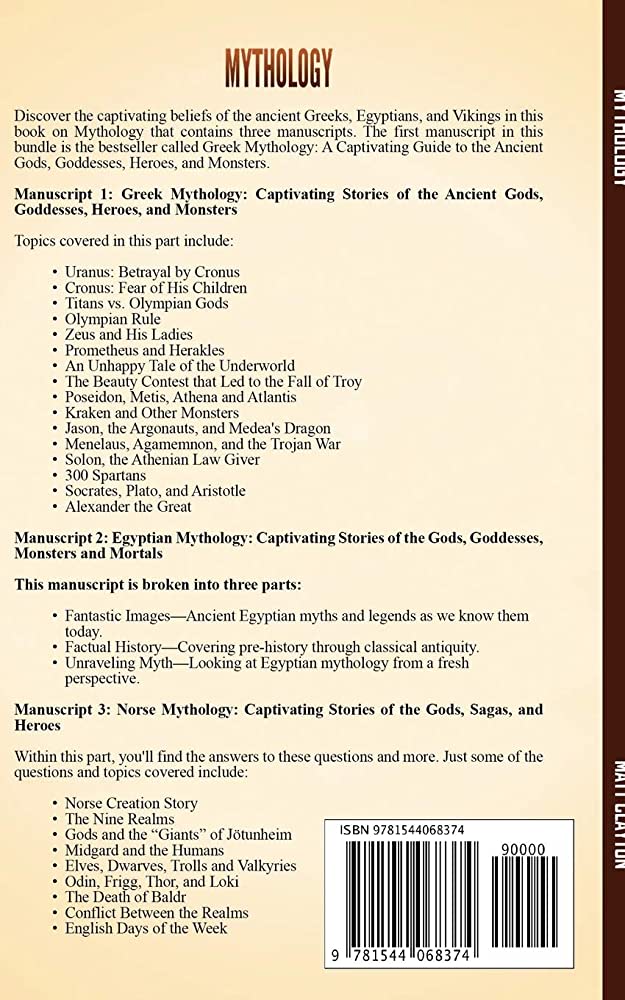Giants and Trolls are two Titans from Norse and Celtic mythology, associated with immense strength and power, and known for their cunning and magical abilities. Norse Giants are associated with nature and often portrayed as enemies of the gods, while Celtic Trolls are depicted as underground or cave-dwelling creatures and dangerous creatures that prey on humans. Giants have superhuman strength and the ability to control natural elements, while Trolls are known for their regenerative abilities and the power to cast spells or curses. Despite their differences, both these Titans have fascinated people for centuries and influenced our culture.
Giants vs. Trolls: An Analysis of the Titans of Norse and Celtic Mythology
Mythological creatures have been a part of human culture since the beginning of time. These stories have influenced our culture in a significant way, and the legends of Giants and Trolls are no exception. In this article, we will take a closer look at these Titans of Norse and Celtic Mythology and explore some of their similarities and differences.
The Norse Giants
The Norse Giants, also known as Jotun or Jotnar, are a race of beings in Norse Mythology that are associated with nature and wilderness. These creatures are often depicted as enemies of the gods and are known for their immense strength and cunning. There are different types of Giants described in Norse Mythology, such as Frost Giants, Fire Giants, and Mountain Giants.
Powers and Abilities of Norse Giants
The Norse Giants have various abilities that set them apart from other mythological creatures. They possess superhuman strength and endurance, and some of them have the ability to control natural elements such as fire, ice, and lightning. Giants are also known for their shapeshifting abilities, and they can transform into different animals or human forms.
The Role of Giants in Norse Mythology
The Norse Giants are primarily portrayed as adversaries of the gods, resulting in several battles between these two groups. The most notable battle is described in the poem ‘Völuspá,’ where the Giants and the gods fight in the ‘Battle of Ragnarok.’ The battle is fought on a grand scale, and the outcome is the eventual destruction of the world.
Celtic Trolls
The term Troll is an Old Norse word, but these creatures are also found in Celtic mythology. The Celtic Trolls share many similarities with the Norse Giants, and both these creatures are known for their immense strength and cunning. Trolls, unlike Giants, are not associated with nature and are often depicted as beings that live underground or in caves.
Powers and Abilities of Celtic Trolls
The Celtic Trolls are similar to Norse Giants in terms of physical strength and endurance. However, Trolls are known for their magical abilities, and some of them have the power to cast spells or curses. They are also known for their regenerative abilities, and they can heal from wounds more quickly than humans.
The Role of Trolls in Celtic Mythology
The Trolls in Celtic Mythology are not as prominent as the Giants in Norse Mythology. However, they do appear in several legends and stories. In some stories, Trolls are depicted as guardians of treasure or hidden knowledge. Still, in others, they are depicted as dangerous creatures that prey on humans.
Similarities between Giants and Trolls
While there are many differences between the Giants and Trolls of Norse and Celtic Mythology, there are also several similarities. Both these Titans are portrayed as beings of immense strength and endurance, and both have magical abilities. Giants and Trolls are also known for their cunning, and they use their intelligence to outwit their adversaries.
Differences between Giants and Trolls
Despite the many similarities between these Titans, there are also several differences. Norse Giants are associated with nature, while Celtic Trolls are associated with underground or cave-dwelling. The Giants are primarily portrayed as enemies of the gods, while Trolls are often depicted as dangerous creatures that prey on humans. The Norse Giants are more prominent in their mythology and feature in many stories and legends, while Trolls are less common in Celtic Mythology.
Conclusion
The mythological creatures of Norse and Celtic Mythology have fascinated people for centuries, and the Giants and Trolls are no exception. While there are many differences between these two Titans, they share many similarities. Giants and Trolls are both creatures of immense strength and power, and they use their intelligence and cunning to outsmart their adversaries. Understanding the differences and similarities between these Titans can provide us with a better understanding of the cultures and societies that created them.
